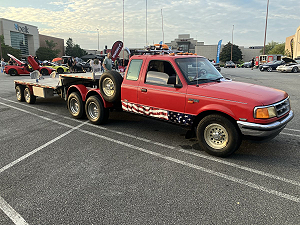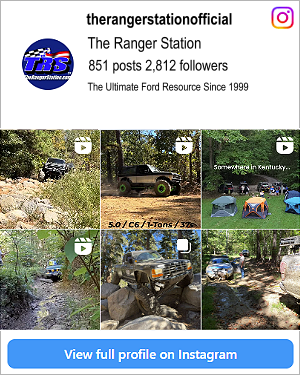usmc2003ranger
Member
- Joined
- Nov 6, 2009
- Messages
- 9
- Reaction score
- 0
- Vehicle Year
- 2003
- Make / Model
- ford
- Transmission
- Manual
I have read through all of the forums to see if they would be of help, nope.
So my ranger has been overheating. I have replaced the water pump, thermostat housing, t-fitting, coolant temperature sensor, cylinder head temperature sensor, and I did a coolant flush.
The coolant flush that I did was with the flush chemical where you run it for a few days and let it do its work to get everything out. I just let it drain from the lower drain plug. I changed it out about 6 times until it came out completely clear, I then put in green coolant. Still overheating.
The reservoir is filling up and will overflow after driving it for about 30 minutes, and it doesn't look like it's pumping water very hard. If I pull the upper small reservoir hose off and blow into it, everything comes out from the radiator, so I do not think that the radiator has a clog.
Could it be possible that the engine block as a clog? Would that be causing the reservoir to overflow?
Im losing my mind over this and spending way too much time on it.
So my ranger has been overheating. I have replaced the water pump, thermostat housing, t-fitting, coolant temperature sensor, cylinder head temperature sensor, and I did a coolant flush.
The coolant flush that I did was with the flush chemical where you run it for a few days and let it do its work to get everything out. I just let it drain from the lower drain plug. I changed it out about 6 times until it came out completely clear, I then put in green coolant. Still overheating.
The reservoir is filling up and will overflow after driving it for about 30 minutes, and it doesn't look like it's pumping water very hard. If I pull the upper small reservoir hose off and blow into it, everything comes out from the radiator, so I do not think that the radiator has a clog.
Could it be possible that the engine block as a clog? Would that be causing the reservoir to overflow?
Im losing my mind over this and spending way too much time on it.














